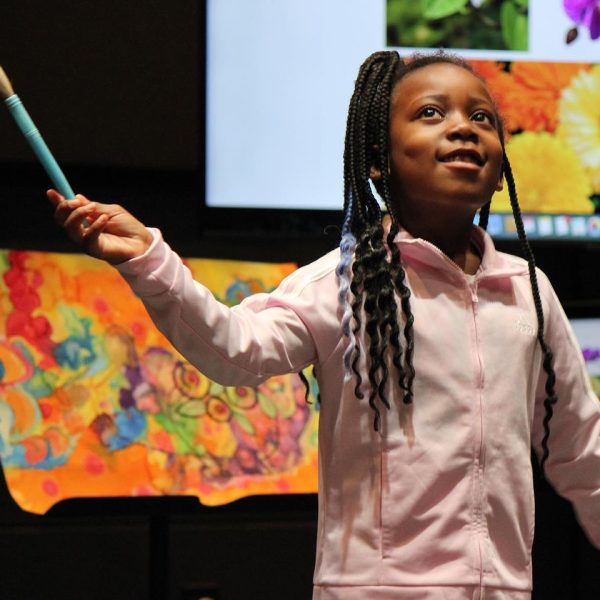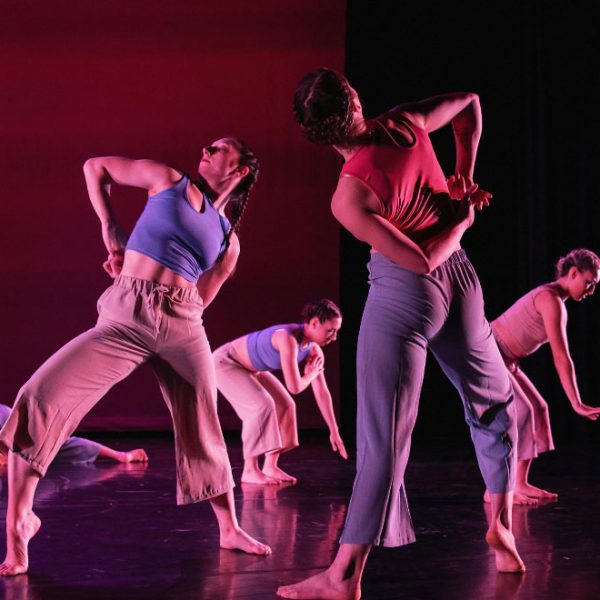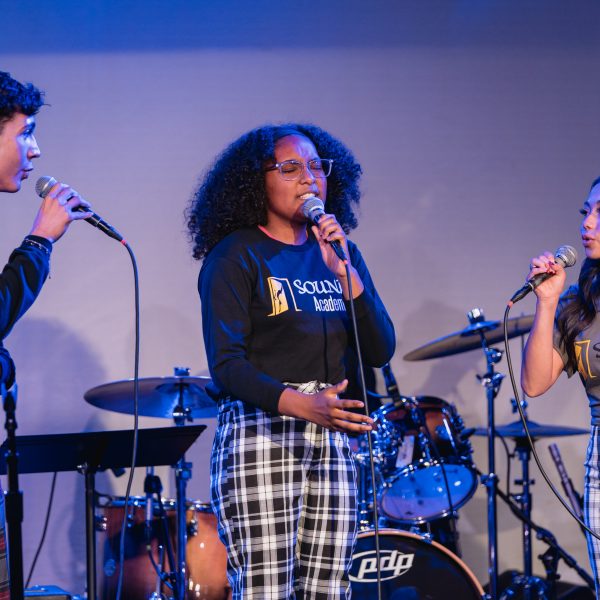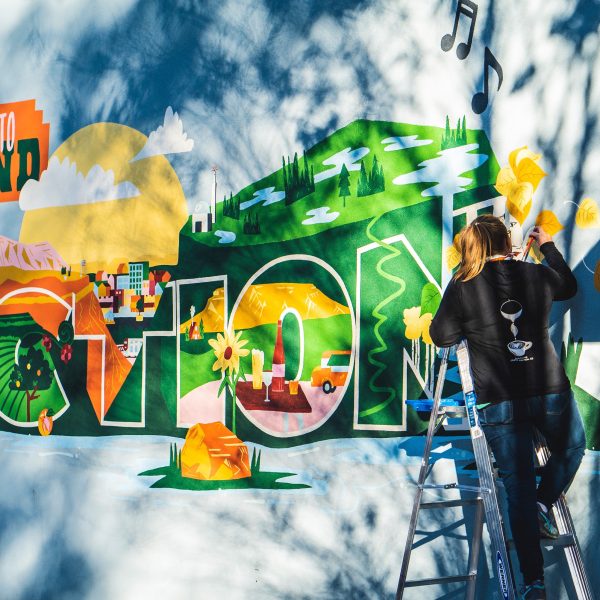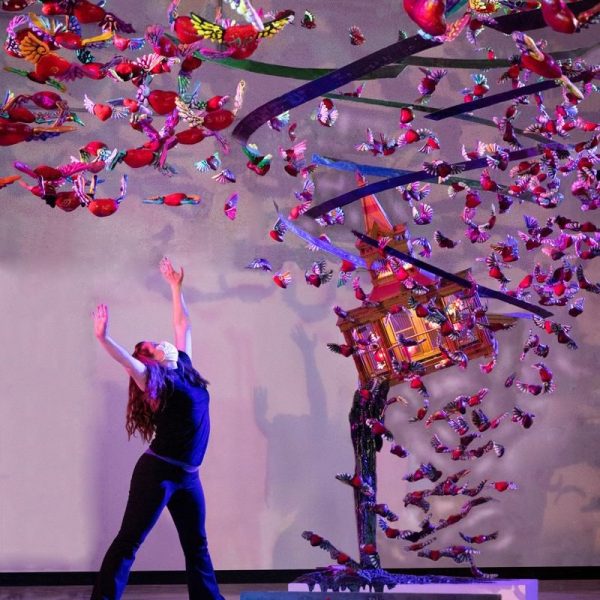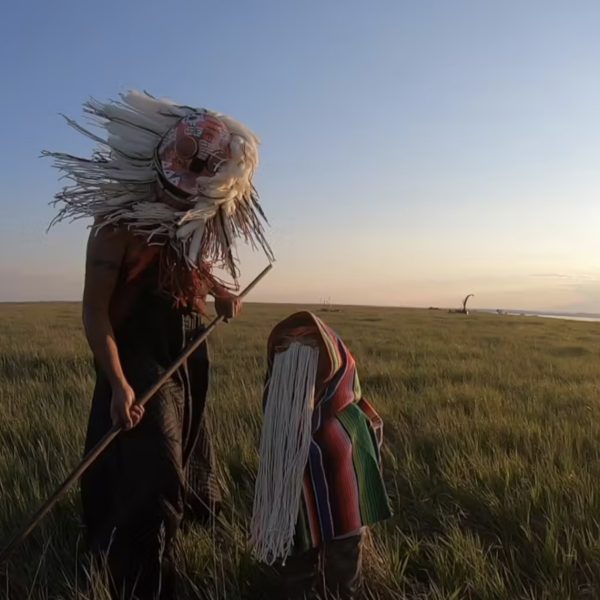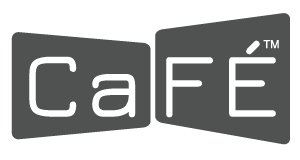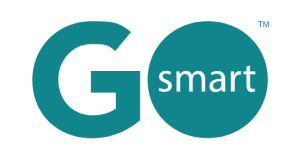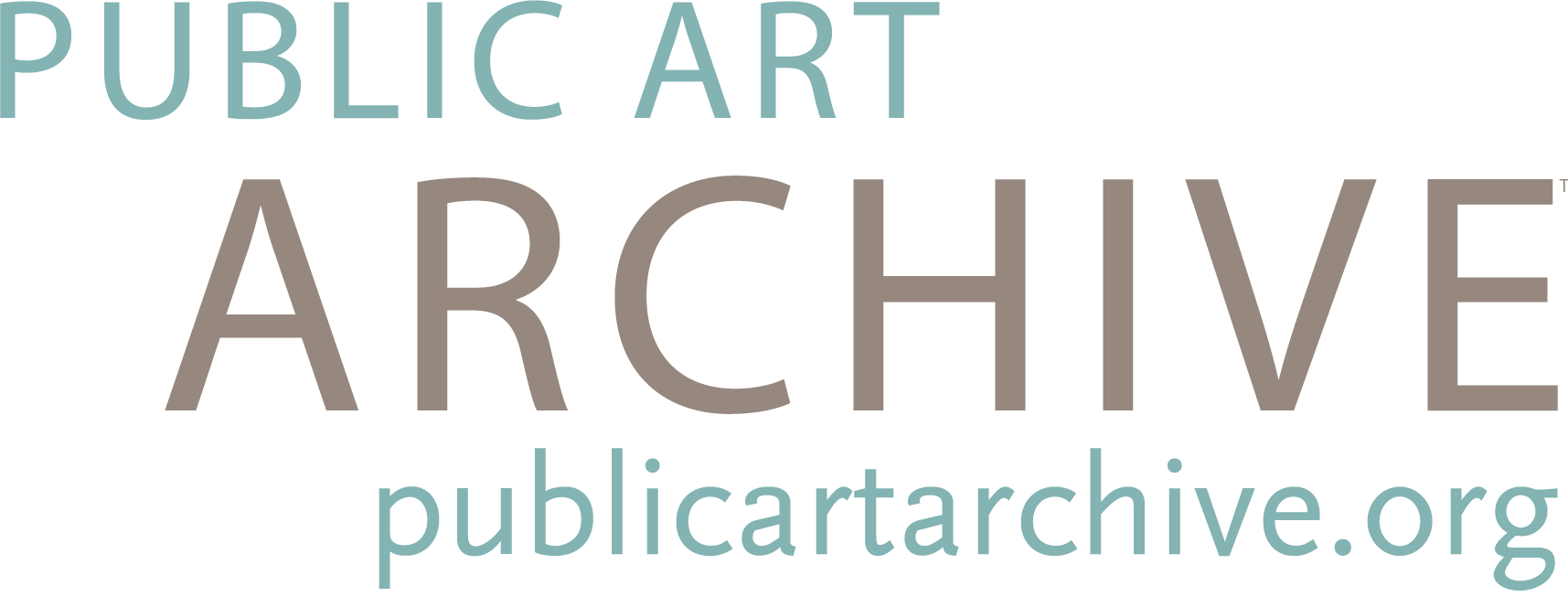Web Services powered by
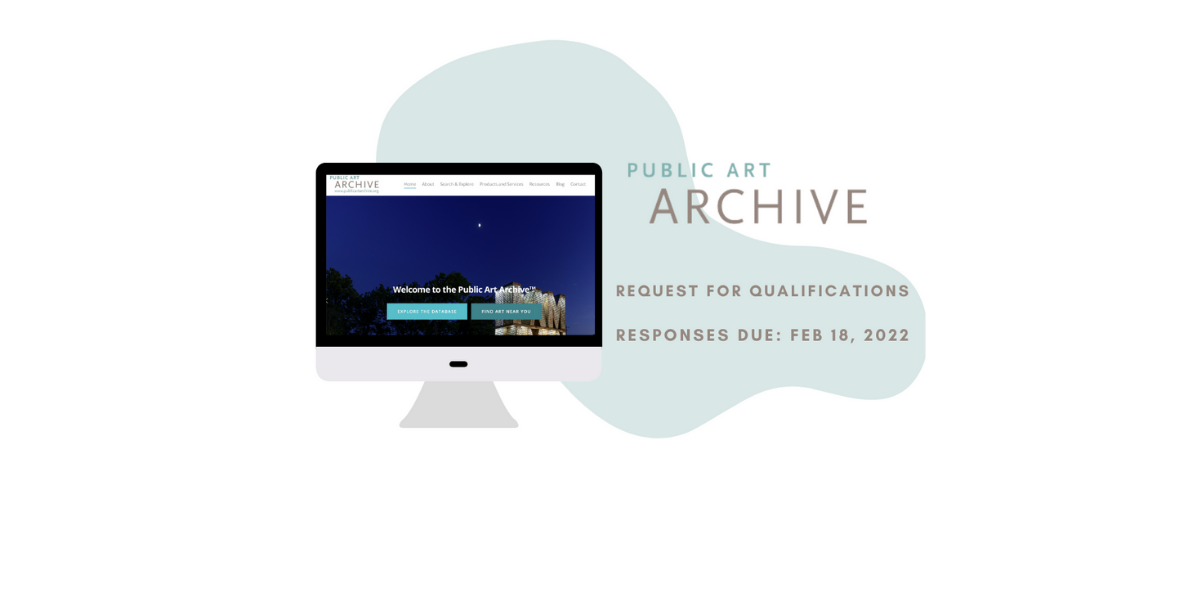
PAA-Business: Technical RFQ for External Development 2022
SECTION ONE
Introduction
The Public Art Archive™ (PAA), a technology service powered by the Western States Arts Federation (WESTAF), requests vendor qualifications for a two-fold expansion project to include:
A technical audit that can identify issues in current systems, workflows, and functionality, and identify solutions to reduce time-consumptive and manual processes that accompany system growth; and
The creation of a product roadmap, and subsequent development and launch, of new features and system changes based on the established PAA goals and the recommendations from the technical audit.
Organizational Overview
WESTAF (Western States Arts Federation) is a regional nonprofit arts service organization dedicated to strengthening the financial, organizational, and policy infrastructure of the arts in the West. WESTAF assists state arts agencies, arts organizations, and artists in their quest to serve diverse audiences, enrich the lives of local communities, and provide access to the arts and arts education for all. Through innovative programming, advocacy, research, technology, and grantmaking, WESTAF encourages the creative advancement and preservation of the arts regionally and through a national network of customers and alliances.
Founded in 1974, WESTAF is located in Denver, Colorado and governed by a 22-member board of trustees composed of arts leaders in the West. WESTAF serves the largest constituent territory of the six U.S. Regional Arts Organizations (RAOs) and includes Alaska, Arizona, California, Colorado, Hawai’i, Idaho, Montana, Nevada, New Mexico, Oregon, Utah, Washington, and Wyoming. Alongside the other six RAOs (a national collective of place-based nonprofit arts service organizations committed to strengthening America’s infrastructure by increasing access to creativity for all Americans), WESTAF works across the United States to activate and operate national arts initiatives, encourage and support collaboration across regions, states, and communities, and maximize the coordination of public and private resources invested in arts programs.
About Public Art Archive
Developed with the mission of making public art more public, the Public Art Archive (PAA), a program created and managed by WESTAF, provides free and low-cost resources for the public art field. Built for artists, administrators, consultants, planners, educators, and researchers, audiences of all ages and backgrounds can engage with PAA’s services, which include the ability to:
Document public artworks across the globe utilizing the web-based collection management system built in partnership with CollectionSpace specifically for the public art field;
Provide free access to information about public artworks in a central repository hosted on publicartarchive.org and locate.publicartarchive.org platforms;
Develop resources to inform diverse audiences about the breadth and depth of what constitutes public art today;
Support best practices in cataloging public art through the standardization of record types and vocabularies;
Showcase the variations of worktype, function, material, and subject matter, and allow users to filter and sort varied search terms; and
Encourage sustained engagement with public art to support physical exploration through intuitive mapping capabilities on desktop and mobile-responsive platforms.
PAA’s Vision
The vision of Public Art Archive is to capture, index, and inventory every piece of public art in the United States and eventually the world, and then make it free and universally accessible to all. Since the program’s inception in 2010, its mission “to make public art more public” has guided continued growth into one of the largest active databases of public art, with over 17,000 records representing work from over 6,000 artists. Documentation spanning lived experiences, geographic boundaries, budgets, and work types are united by contributing organizations and artists into a centralized and freely accessible resource. This singular and authoritative database offers opportunities to discover and explore public art beyond the constraints of collection-specific websites.
SECTION TWO
Project Goals
The following major goals have been established for this project:
Establish online portals that sustain engagement with public art: A key goal of this project is to broaden and deepen the engagement of the public with public art through a user-friendly, highly visual and alluring web platform.
Strengthen the collection management tool infrastructure: The Collection Management System is now in its third year. PAA can strengthen the infrastructure and scalability of the project by further developing data integration tools for data sets, creating more streamlined workflows for publishing data, and expanding reporting capabilities that can provide currently unmeasured data to the creative economy sector.
Expand the range and volume of material in the Archive: By strengthening the capacity of PAA’s import tools and technology infrastructure, the Archive can begin to increase the total number of records in the database exponentially and at a faster pace. Building more intuitive integrations to intake various media types will provide a more comprehensive picture of the entire process of public art and will expand the range of content.
Develop a site that is free to the public, easy to use, accessible, and financially sustainable: In alignment with WESTAF’s philosophy on sustainability, the site is to be designed in a way that makes it financially self-sustaining, free for the public to access and explore, and free for the submission of works by artists and public arts organizations. While the ultimate goal is to provide free access to the public, the aspirational goal is for PAA to be financially sustainable through the licensing of collection management and engagement tools.
Project Budget
The budget for this project is $150,000 – $200,000, which includes both the technical audit and the technical planning and development.
Audience and Users
The PAA audience and user base is broken down into the following general categories:
Contributing Public Artists
Contributing Agencies/Organizations
General Users
Collection Management System Users
PAA Add-On Users
WESTAF/PAA staff
Project Technologies
Public Art Archive uses the following technologies: WordPress, WP plugin development, Google Maps, MySQL, MongoDb, Apache Solr, CollectionSpace/Nuxeo, Angular, Python and PHP.
SECTION THREE
RFQ Process and Evaluation Criteria
This RFQ has been provided to each respondent with the same deadlines and requirements since its effective date of Jan. 27, 2022. Submissions are accepted by form submission and email only. Respondents will be evaluated internally by members of WESTAF’s business, technology, and leadership teams. The evaluation committee will conduct independent reviews of materials and submit scores on a scale of 1-10, with the following weighted categories:
Relevant Experience (33%) – Similarity to other projects or demonstrated capability to handle a project of similar scope and size.
Technical Knowledge (33%) – Diversity in experience, platforms/languages used, and core technical competencies.
Alignment with WESTAF (33%) – Alignment with WESTAF’s values, guiding principles, vision, and priority.
Following initial assessment and scoring, WESTAF will select up to three candidates to move on to the next phase. Top candidates will be invited to participate in a 60-90 minute interview with WESTAF to discuss qualifications and skills. After all interviews have been conducted, a single vendor candidate will be identified and selected for the project.
Timeline
Issuance of RFQ: Week of Jan. 27, 2022
Responses Due: Feb. 18, 2022
Finalists Notified by Email: March 8, 2022
Finalist Interviews: March 9 – 18, 2022
Award of Contract: March 21 – 31, 2022
Tentative Commencement of Project: April 1, 2022
Tentative Completion of Project: Dec. 30, 2022
Please note the anticipated start and end dates for this project are tentative. We expect the technical work to begin in March 2022, with development to follow. Project end dates may extend beyond December 2022.
SECTION FOUR
Submission Requirements
A completed form must be submitted to WESTAF by 5 p.m. MST on Feb. 18, 2022. Upload supplemental materials through the Google form or email in PDF format to PAArchive@westaf.org with the subject line: Response to Public Art Archive RFQ. You must sign in with your Google account to access the online form. Click here to access the RFQ form, or type https://bit.ly/paarfq.
You may also download this PDF version of the same form and submit directly to PAArchive@westaf.org.
This information will be shared internally with WESTAF staff only for the purpose of evaluating and comparing respondents.
